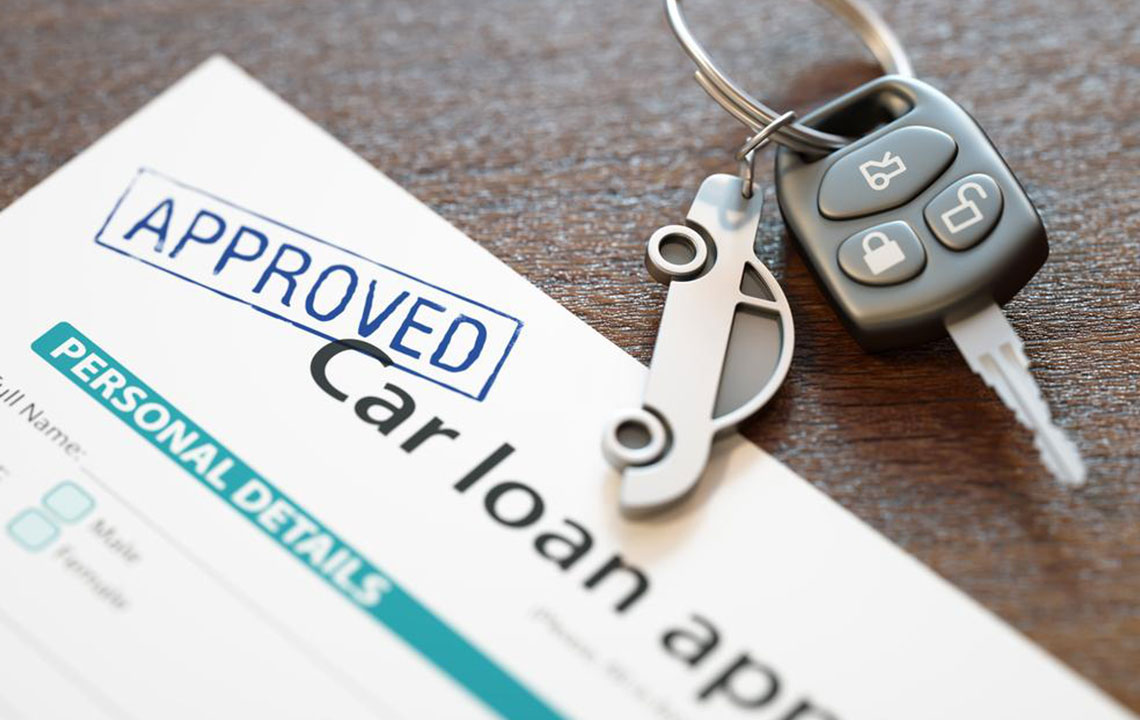Low-Interest Home Loans – Here’s What You Need To Know
Low-interest home loans – Here’s what you need to know
Undoubtedly, one of the most significant milestones in one’s life is investing in their dream home. However, the job doesn’t end there, a lot of contemplation and planning is necessary, especially if one is taking a home loan to buy the property. This is because they will be paying off the loan for years along with the added burden of interest.

What factors can help one get a low-interest rate for a home loan?
Interest rates for home loans keep changing due to multiple factors. While one can hardly do anything about the market conditions, there are a few factors stated below that can help the borrower get low-interest rates for home loans.
- Credit score – One of the first things the lender will check is the potential homeowner’s credit score. The credit score denotes a person’s reliability as a borrower. Typically, credit scores can be anywhere between 300 and 850. Needless to say that individuals with higher credit scores will qualify for low-interest home loans. In most cases, lenders prefer a candidate with a credit score of more than 750 points.
- The amount of loan required – The more money one borrows, the higher will be the risk as well as the interest rate. Normally, $425,000 is the average amount of a home loan, but it can be as low as $275,000 and as high as $640,000, based on parameters such as location, type of house, cost of living in a particular area, and the lending establishment.
- Down payment – Ideally, the down payment is around 20% of the home’s total worth. Therefore, if the borrower pays a good percentage of down payment for the home, then their credibility automatically increases, making them eligible for low-interest home loans.
- Loan term – The longer the mortgage term, the higher will be the rate of interest. For instance, lenders may charge a comparatively higher interest on a 25-year term than a 15-year one.
What are the types of additional costs involved in mortgages?
Apart from the principal amount and the rate of interest, there are some additional costs to be managed to close the loan deal.
- Property taxes – The government will charge property taxes to manage civic operations. These taxes differ across localities, and at times can get expensive. Therefore, one is advised to research about local property taxes before finalizing any real estate deal.
- Homeowners insurance – To protect the investment the lender is making, borrowers are mandated to buy homeowners insurance. This type of coverage reimburses money for repairs in the event of natural disasters, accidents, or vandalism.
- Association fees – If one is purchasing a home in a planned neighborhood, then they may have to pay association fees for covering maintenance costs.
- Private mortgage insurance (PMI) – In case a borrower is paying a down payment which is less than 20% of the property’s total value, then the lender will ask the borrower to buy private mortgage insurance. This insurance ensures the security of the lender if the homebuyer stops making monthly mortgage payments. After one has paid off 20% of the property’s value, they can end their PMI contract.
- FHA, VA or USDA fees – If one secures a home loan from any government-sponsored agencies, then these agencies will charge some fees to support the program.
Which states have the lowest interest rates for home loans?
The following states, at the moment, have some of the best low-interest rates for home loans. The range of interest rates is based on a 30-year loan term.
- Wisconsin: 3.88% – 4.88%
- Michigan: 3.75% – 4.88%
- Massachusetts – 3.75%–4.88%
- Iowa – 3.75% – 4.75%
- Colorado: 3.83% – 4.75%
- Montana: 3.99% – 4.75%
Which states have the highest interest rates for home loans?
Currently, the following states offer the highest interest rates for home loans, assuming excellent credit scores for a 30-year long mortgage.
- West Virginia: 3.88% – 7.39%
- New York: 3.88% – 7.00%
- Indiana: 3.75% – 7.00%
- Texas: 3.88% – 6.75%
- Maine: 4.00% – 6.25%
- Nebraska: 4.00% – 5.75%
It is essential to understand that both, the high and low-interest home loan rates stated above are subject to fluctuations and can dramatically change even in a day.




